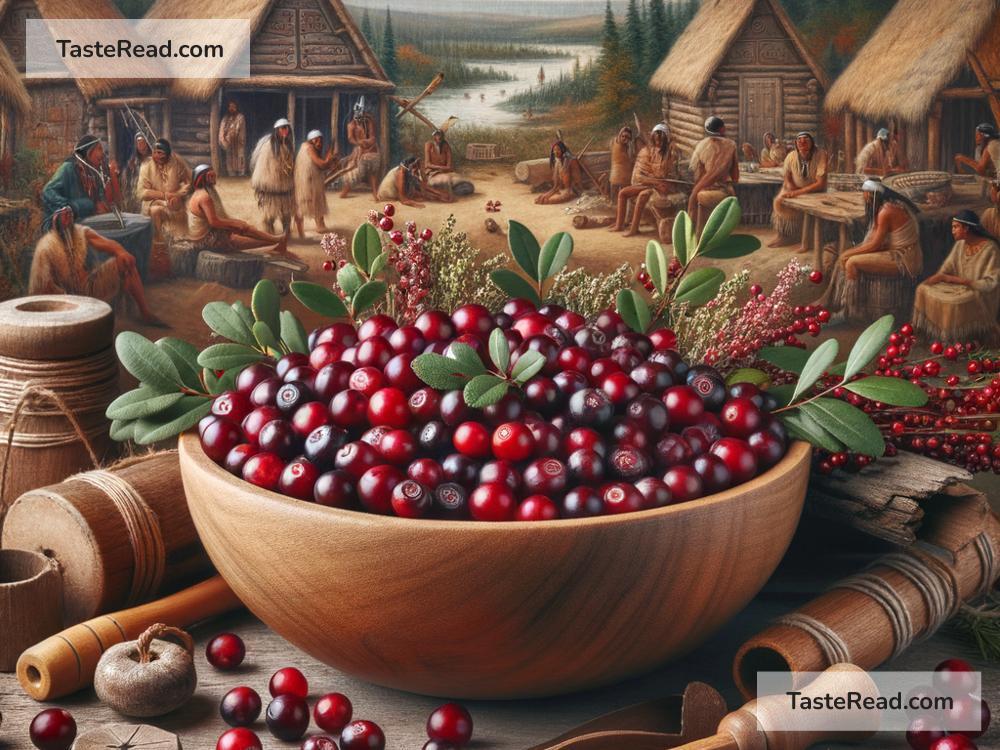The Curious Story of Cranberries in Native American Remedies
Cranberries are small, red fruits that many of us know from Thanksgiving dinners or as sweet holiday juices. But did you know these berries hold a fascinating history that connects them to Native American remedies? For centuries, cranberry plants were far more than just food—they were medicine, food preserver, and even a symbol of health and survival to many Native American tribes.
In this blog, we’ll explore the role of cranberries in Native American traditions, their medicinal uses, and how their wisdom shaped modern understanding of this unique fruit.
What Are Cranberries?
Cranberries grow on low-lying bushes in boggy areas, mostly in North America. The berries are tart and bright red, but they have a natural charm because they thrive in tough environments. Native Americans discovered these berries long before European settlers arrived, and they saw cranberries as a gift from nature.
Cranberries got their name from European settlers who thought the plant’s flower resembled the head of a crane, a large bird. Native Americans, in their languages, had their own names for this fruit, often linked to its color or its growing habitat.
Cranberries As Medicine
Long before pharmacies, Native Americans relied on plants for healing. Cranberries played an essential role in their medicine cabinets. Although the berries are small, they are packed with health benefits, which Native Americans instinctively understood.
One of their most common uses of cranberries was for treating wounds. Cranberries contain compounds that fight bacteria, making them a natural remedy for infections and injuries. Native Americans would crush fresh berries and apply them to wounds to protect against infection. This practice worked well and helped many survive cuts, scrapes, and other injuries in the harsh wilderness.
Cranberries were also used for stomach and bladder troubles. The fruit’s acidic properties helped flush out the body and keep the urinary tract healthy. Modern science has confirmed that cranberries can prevent and treat urinary tract infections because they contain special compounds called proanthocyanidins. These compounds prevent certain bacteria from sticking to the bladder walls, which is why cranberry juice is often recommended for this health issue today.
Another interesting use of cranberries was for fevers. Native Americans would make a tea or mash from fresh berries, using their natural tartness and vitamins to help reduce fever and boost recovery.
More Than Medicine: Cranberries in Daily Life
Native Americans didn’t use cranberries only as medicine; they incorporated the fruit into their everyday lives in multiple ways. A special food made from cranberries called “pemmican” was essential for survival. Pemmican was a mixture of dried meat (usually buffalo or deer), animal fat, and crushed cranberries. The fruit’s acidity preserved the meat, making it last longer without spoiling. Pemmican was portable, nutritious, and resistant to rotting, making it perfect for nomadic hunting trips or harsh winters.
Cranberries also played roles in cultural symbolism and tradition. Their vibrant red color was seen as a sign of life and vitality, and Native Americans valued the fruit deeply as a symbol of health and connection to the land. It is said that some tribes gave cranberries in trade for other goods, showcasing their worth.
Cranberries in Early Settler Medicine
When European settlers arrived in North America, they struggled to survive in the unfamiliar environment. Many lacked knowledge of how to treat illnesses or preserve food. Native Americans shared their wisdom about cranberries, teaching settlers about the berry’s medicinal and preservative properties. This helped settlers survive and adapt to their new home.
Settlers began using cranberries for scurvy, a disease caused by lack of vitamin C. They noticed that people who ate cranberries were healthier. This discovery encouraged wider use of the fruit in both diet and medicine.
Modern Science Confirms Ancient Knowledge
Today, scientists study cranberries to understand their health benefits. Research has confirmed many of the remedies Native Americans understood intuitively. Cranberries are high in vitamin C, fiber, and antioxidants. They are now widely recognized for their ability to improve urinary health, fight infections, and even reduce heart disease risk over time.
Cranberry products, such as juices, capsules, and dried fruits, are popular worldwide. And while most people enjoy them for taste, they also offer hidden health benefits that Native Americans discovered hundreds of years ago.
A Legacy Worth Celebrating
The story of cranberries in Native American remedies is a reminder of how much we can learn from traditional knowledge. Native Americans cared deeply for the land and understood plants as gifts. Their use of cranberries as medicine, food, and cultural symbolism speaks to their resourcefulness and wisdom.
Every time we enjoy cranberries, whether in juice or a slice of Thanksgiving pie, we should remember the rich history behind this humble fruit. Cranberries remind us that nature often has the answers we need—and sometimes the simplest things, like a tiny red berry, can hold extraordinary power.
So the next time you see cranberries, take a moment to appreciate their long journey. From ancient Native American remedies to global appreciation, cranberries are a true symbol of resilience, health, and connection to history.


